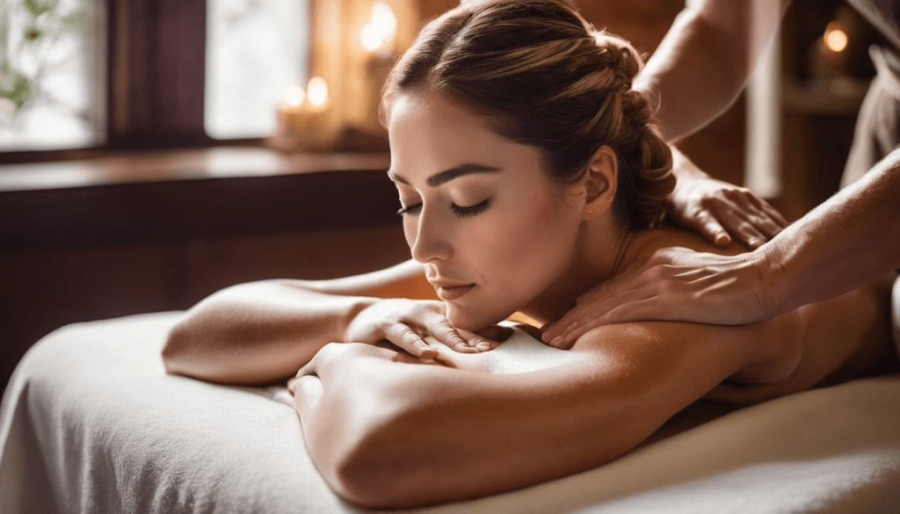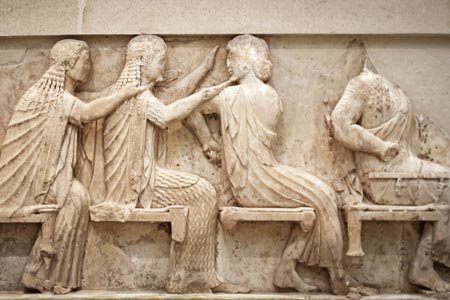Dubai, known for its luxurious lifestyle and rapid development, has also become a hub for spa and wellness services. The city’s spa culture reflects its blend of traditional Arabic practices and modern wellness trends, making it a unique destination for relaxation and rejuvenation. This article delves into the history and evolution of spa culture in Dubai, highlighting its origins, growth, and current trends.
Early Beginnings
The concept of spas in Dubai can be traced back to the ancient hammams, traditional Middle Eastern bathhouses that were integral to daily life. These bathhouses were places of social interaction and cleansing, emphasizing the importance of hygiene and relaxation. Hammams played a significant role in Arabic culture, offering not just a place for physical cleansing but also a space for socialization and relaxation.
Influence of Arabic Traditions
Traditional Arabic healing practices, such as the use of essential oils and herbal treatments, have significantly influenced Dubai’s spa culture. These practices often involved the use of natural ingredients like frankincense, myrrh, and various herbs, which were believed to have healing properties. The inclusion of such elements in modern spa treatments reflects the continuity of these ancient traditions in contemporary wellness practices.

Modernization and Global Influence
The modern spa industry in Dubai began to take shape in the late 20th century, coinciding with the city’s rapid development and increasing global connectivity. The influx of expatriates and tourists brought diverse wellness practices to Dubai, leading to the establishment of international spa brands and the introduction of various treatments from around the world. This period marked the beginning of Dubai’s transformation into a global wellness destination.
Growth of Luxury Spas
Dubai’s reputation for luxury is well-reflected in its spa industry. The city’s luxury hotels and resorts often feature state-of-the-art spa facilities, offering a wide range of treatments designed to cater to an affluent clientele. Spas such as the Talise Spa at the Burj Al Arab and the Anantara Spa at the Palm Jumeirah set high standards for luxury and service, attracting visitors from around the world.
Wellness Tourism
The rise of wellness tourism has significantly impacted the spa culture in Dubai. The city’s strategic location, world-class infrastructure, and diverse offerings make it an attractive destination for wellness tourists. According to a report by the Global Wellness Institute, wellness tourism is a rapidly growing segment of the travel industry, with Dubai being one of the key players in this market. This growth has led to an increase in the number of wellness retreats and specialized spa services catering to tourists.

Integration of Technology
Technological advancements have also played a crucial role in the evolution of spa culture in Dubai. Modern spas incorporate advanced technologies such as hydrotherapy, cryotherapy, and various non-invasive cosmetic treatments. These innovations offer enhanced therapeutic benefits and cater to the growing demand for effective and efficient wellness solutions. The use of technology has also enabled spas to provide personalized treatments based on individual needs and preferences.
Emphasis on Holistic Wellness
In recent years, there has been a growing emphasis on holistic wellness in Dubai’s spa industry. This approach focuses on the overall well-being of individuals, addressing physical, mental, and emotional health. Spas now offer a range of holistic treatments, including yoga, meditation, and nutrition counseling, alongside traditional spa services. This shift towards holistic wellness reflects a broader global trend and aligns with Dubai’s vision of becoming a leading wellness destination.
Regulatory Framework
The development of a robust regulatory framework has been essential in ensuring the quality and safety of spa services in Dubai. The Dubai Health Authority (DHA) and the Dubai Municipality play pivotal roles in regulating the spa industry, setting standards for hygiene, safety, and professional qualifications. These regulations help maintain high standards and build consumer trust in the spa services offered in the city.

Exploring Spa Treatments in Dubai
Dubai offers a wide range of spa treatments, catering to those seeking relaxation and rejuvenation. Many spas in the city combine luxury with traditional wellness practices, providing a comprehensive wellness experience. One such option is Elysium Spa, known for its high standards and diverse range of treatments that integrate modern and traditional techniques. Whether you are a resident or a visitor, the variety of spa choices in Dubai ensures that you can find the perfect place to unwind and revitalize.
Future Trends
The future of spa culture in Dubai looks promising, with several trends expected to shape the industry. One significant trend is the increasing focus on sustainability and eco-friendly practices. Spas are adopting sustainable practices, such as using organic products, reducing energy consumption, and minimizing waste. This shift towards sustainability aligns with global trends and meets the growing consumer demand for environmentally responsible services.
Another emerging trend is the integration of wellness into everyday life. Spas are expanding their offerings to include services that promote long-term health and wellness, such as fitness programs, lifestyle coaching, and preventive healthcare. This holistic approach aims to help individuals maintain their well-being beyond the spa environment.
Conclusion
The history and evolution of spa culture in Dubai reflect the city’s dynamic growth and its ability to blend tradition with modernity. From ancient hammams to luxurious spa retreats, Dubai’s spa industry has come a long way, continuously evolving to meet the needs and preferences of its diverse clientele. As the city continues to develop and innovate, its spa culture is poised to remain a significant aspect of Dubai’s appeal as a global wellness destination.

I am an Administrative Assistant with eight years of experience working alongside the executive team of a Fortune 500 company.
